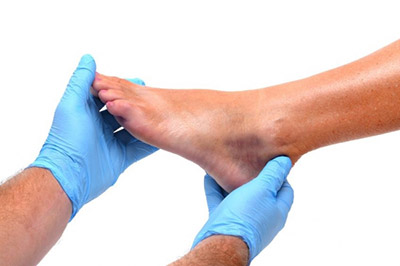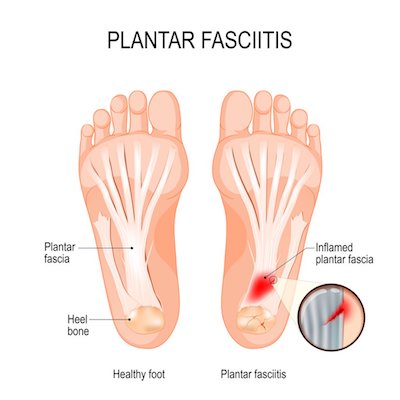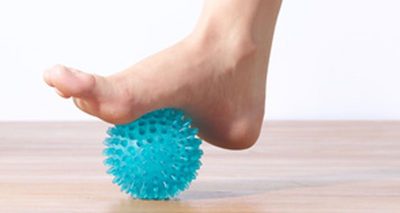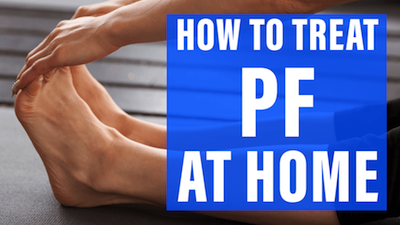What Is Plantar Fasciitis?
In case you have heel pain, you may suffer from plantar fasciitis. After all, this is one of the most common causes. But what exactly is plantar fasciitis?
Simply put, plantar fasciitis is an inflammation of a thick band of tissue that goes from across the bottom of your foot and up to your heel bone and your toes.
Are you looking for the best cross trainers for you?

Plantar fasciitis tends to affect a lot of people. And the symptoms usually start as soon as you wake up in the morning and you take the first steps. As you continue to move, the pain will tend to decrease. Nevertheless, this doesn’t mean that you won’t have this pain again throughout the day. In fact, you can have it when you rise after spending some time sitting, for example.
Plantar fasciitis is very common among runners. However, they’re not the only ones. People who don’t wear the right shoes (without a good support) or people who are overweight are also more prone to suffer from plantar fasciitis.
What Causes Plantar Fasciitis?
First of all, it is important to say that there are a lot of factors that can contribute to plantar fasciitis. But before we start, we believe that is important that you know that plantar fasciitis tends to affect more women than men. In addition, as older you are, the more prone you will be to plantar fasciitis.
Discover the best cross training shoes for plantar fasciitis.

Here are some factors that can cause plantar fasciitis:
– when you have a very high arch or flat feet
– when you wear worn-out shoes with thin soles
– when you often wear high-heeled shoes
– when you have an unusual foot position or an unusual walk
– when you have tight Achilles tendons or heel cords.
What Are Plantar Fasciitis Symptoms?
The main symptom that you will feel is the pain in the bottom of your foot. These can be located either at the center or at the front of the heel bone.
What Is The Treatment?
The truth is that there are a couple of options that your doctor can recommend you s hat the pain can be reduced as well as the inflammation in your foot.
These are the top running shoes for plantar fasciitis.
Here are some of the most recommended treatments:
#1: Medication:

In case your doctor chooses to give you nonsteroidal anti-inflammatory drugs, you may need to take multiple doses a day for several weeks. This medication will help you not only with your pain but also with the reduction of the inflammation of the plantar fascia.
#2: Steroid Injection:
In most severe cases where the pain is worse, your doctor may prefer to use a steroid injection. In this case, the steroid will be injected directly into the most painful area of your plantar fascia.
#3: Physical Therapy:

When ice, rest, and medication don’t help you enough, your doctor may recommend that you go to a physical therapist. While you may think this isn’t a very good alternative, the truth is that you will be able to learn different exercises and stretches that will strengthen your plantar fascia, your lower leg muscles, and your Achilles tendon.



